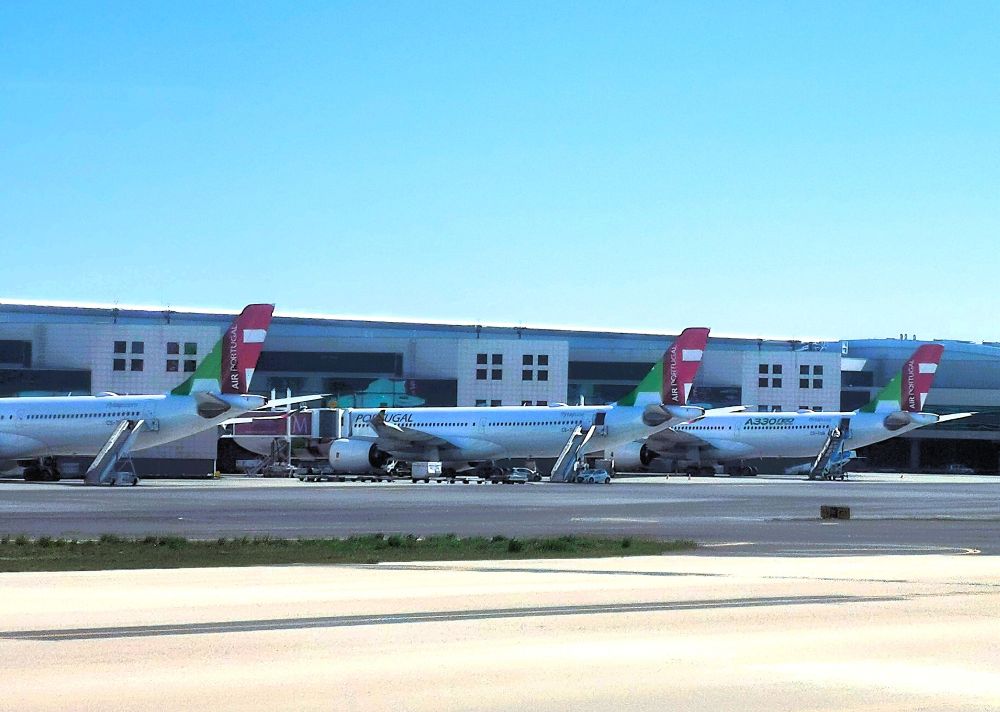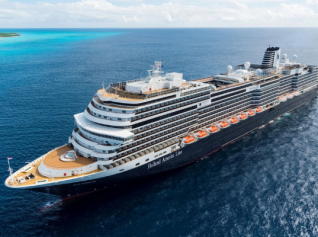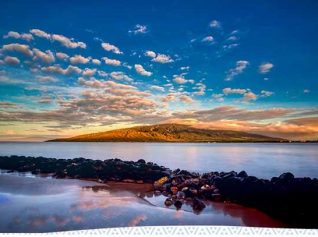History, culture and captivating landscapes in Eastern Poland

By Rachel McCaffery
Travelmole Sustainability Editor and Director of Green Case Consulting
With climate change sending Mediterranean temperatures soaring, will travellers increasingly head East?
It’s a logical assumption. People are always been keen to explore somewhere culturally different, where their spending money stretches further than at home.
Eastern Europe is affordable, accessible and much less crowded than tourist hotspots further south. Beyond the well -known cities there is plenty to explore, but often confusion about where to head.
Take Poland: Well connected by road and rail, with a rich history and stunning natural attractions, in theory it should be swarming with international visitors – but most of us know surprisingly little about it.
I put this down to the generous use of consonants in place names. I recently visited Świętokrzyskie Voivodeship.
Considerably easier to pronounce in English, the Holy Cross region is around 90 minutes’ drive from both Warsaw and Krakow. It’s named after the mediaeval Holy Cross Monastery on Lysa Góra (or Bald Mountain) the high point of a line of rolling sandstone hills. The area forms part of the Świętokrzyski National Park, a wildlife-rich nature reserve, criss-crossed with hiking trails, it’s one of ten protected areas in the region. Dappled with apple and cherry orchards, sunflower fields and even vineyards, the province also boasts Neolithic mines, limestone caves and historic villages such as Opatow and Sandomierz.
Like the rest of Poland, Holy Cross is easy to explore; English is widely spoken, people are very friendly and since joining the EU in 2006, the country has benefited from an influx of funding – a good chunk of which has been spent on improving tourism infrastructure.
This means that most museums, national parks and other heritage sites are well kept and of a high standard. Poland has a strong identity of its own, much of which it brings to its cooking. Pork dominates the national cuisine, but I had consistently excellent vegetarian food whilst I was there and many restaurants put a strong emphasis on serving dishes made with fresh, locally sourced and seasonal ingredients.
My main interest is sustainable tourism and Holy Cross is certainly a very green area. The main city of Kielce, increasingly referred to as ‘the nature city’ is small and ideal for exploring on foot, or by bike. It is surrounded by forests and lakes and the centre boasts botanical gardens, a palace and a cathedral with a dazzlingly ornate interior. The centrepiece however, is a huge limestone quarry turned nature reserve.
Now a UNESCO recognised geopark, it offers nature walks, zip lines, vertigo-inducing high-wire hammocks, rock climbing and an outdoor theatre – as well as being a haven for wildlife. The state-of-the-art geo education centre located at the edge of the Wietrznia nature park nearby, is interactive and really brings the spectacular landscapes of the area to life.
Kielce’s pedestrianised main street is great for pottering and the vibrant market square is lined with interesting bars and restaurants. Among these is Bar Kolejka. Modelled on the Soviet era, its austere interior made me realise my mental image of Poland had been decades out of date. Instead of bare shelves and minimal choice I found incredibly creative, internationally influenced menus served in beautifully designed restaurants. Dressing for dinner is apparently not a big thing in Poland, and this lack of pretension really adds to the welcoming feel.
In contrast to Kielce, the mediaeval village of Sandomierz is smaller and more peaceful. A gravity-defying sculpture greets those entering through the Tower Gate, the fortifications of which hark back to a time when invasions were commonplace. A climb to the top is rewarded with spectacular views over the roofs and spires, right across to the Vistula river valley.
Cobbled streets lined with restaurants and souvenir shops channel visitors through the centre of Sandomierz, towards charming Rynek square. For 15 Zloty (around £3), electric ‘Bugsy Malone’ cars offer eco-friendly tours of the historical centre, taking in the cathedral, castle and city hall.
I’d never associated Poland with wine but there are two very different winnicas (or wineries) in Sandomierz. Winnica Świętego Jakuba, is run by cheerful Dominican monks who tend the vines on the hill beneath the 13th century St Jacobs Church. Just outside the town, the grapes of Winnica Nadwiślańska are grown on what must surely be the most beautiful location in the area. The south facing slopes overlook both the river and a Natura 2000 reserve. Named after the various birds found locally, the wines are as pleasing to drink as they are to look at.
Hotel accommodation in the area is great value for money and ranges from characterful lodges like the Hotel Sarmata in Sandomierz, to modern four star resorts like the Binkowski Hotel. Situated just outside Kielce, this has a tropical pool complex with flumes and a retractable roof, making it perfect for families. There doesn’t seem to be any kind of national eco-label for hotels in Poland, which seems a missed trick given the increasing interest in this from tourists and the fact that sustainability is ingrained in so many Polish businesses. The well-educated, high-spending visitors that Poland has the potential to attract will value this attribute and it’ll also help ensure Polish people and businesses benefit most from a growth in tourism.
Overall, Holy Cross proved a fantastic introduction to Polish history, culture, landscapes and cuisine. It is somewhere I will most definitely be returning.
For more information about visiting or creating tour packages featuring this region see www.poland.travel and www.swietokrzyskie.travel
Have your say Cancel reply
Subscribe/Login to Travel Mole Newsletter
Travel Mole Newsletter is a subscriber only travel trade news publication. If you are receiving this message, simply enter your email address to sign in or register if you are not. In order to display the B2B travel content that meets your business needs, we need to know who are and what are your business needs. ITR is free to our subscribers.








































Airbnb eyes a loyalty program but details remain under wraps
Airlines suspend Madagascar services following unrest and army revolt
Qatar Airways offers flexible payment options for European travellers
Air Mauritius reduces frequencies to Europe and Asia for the holiday season
Major rail disruptions around and in Berlin until early 2026